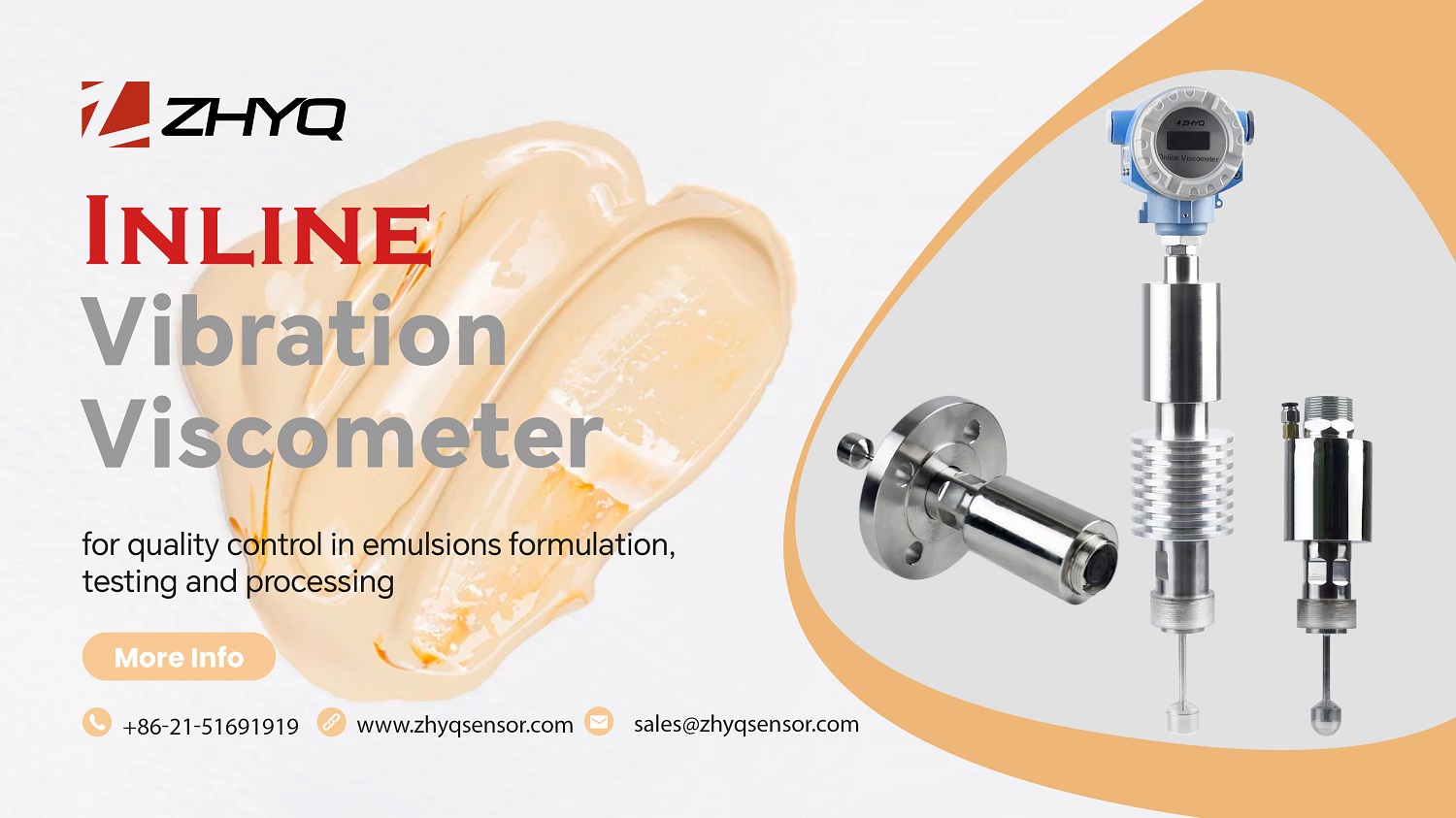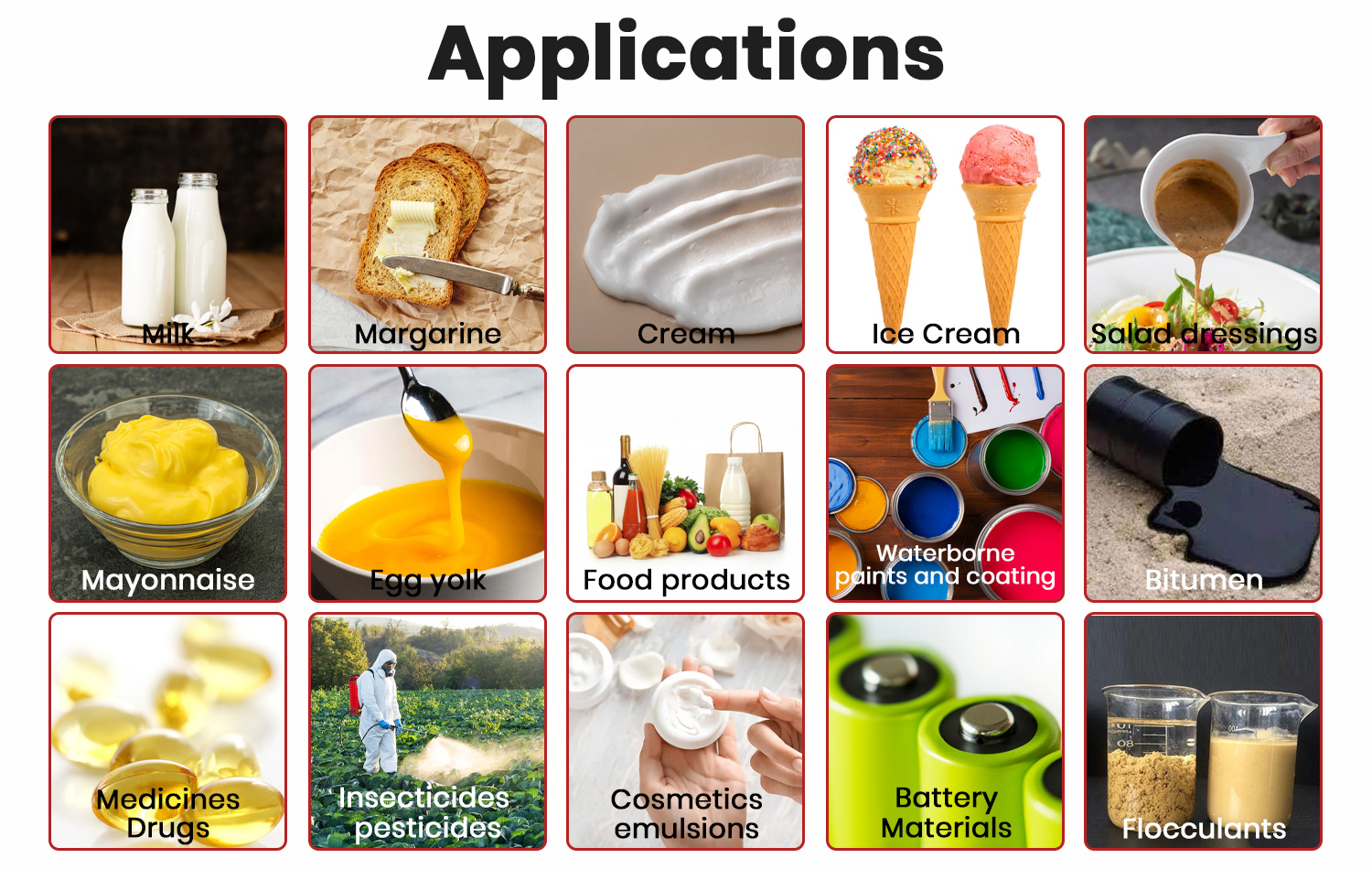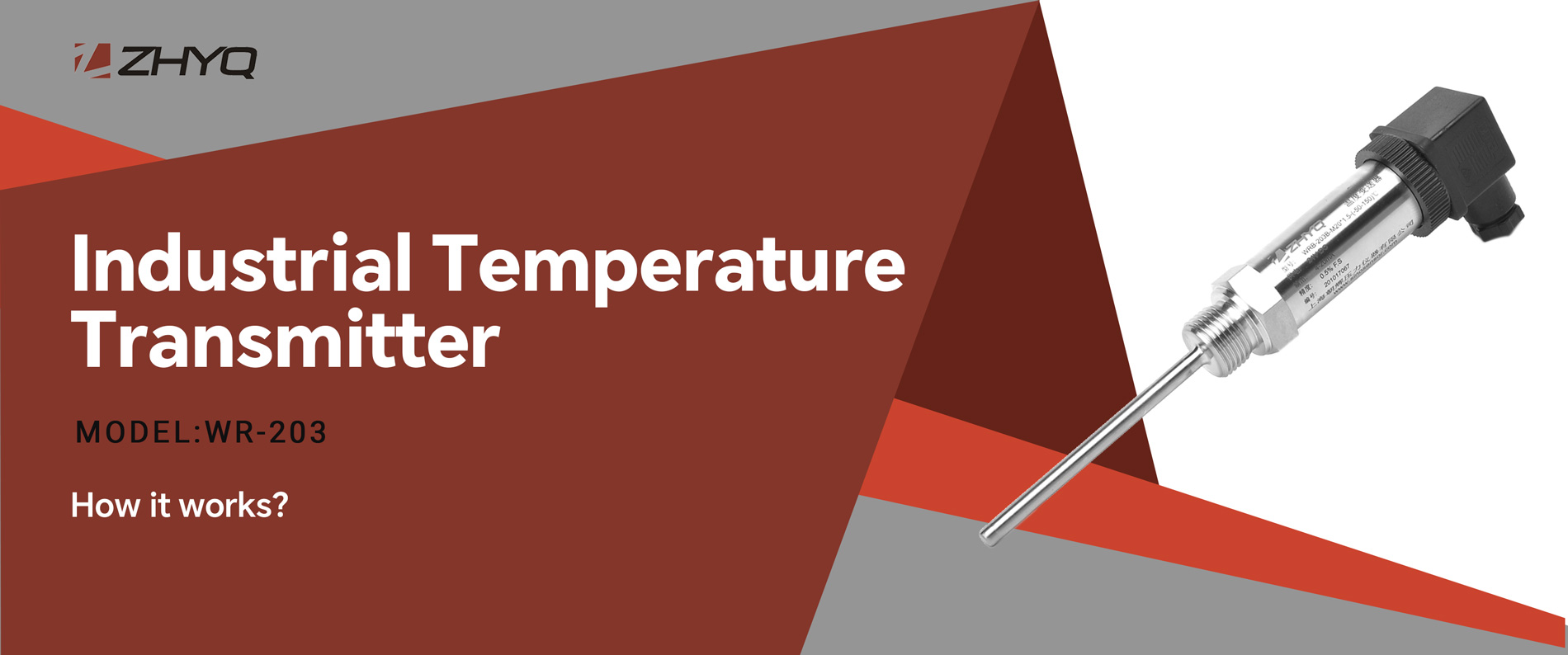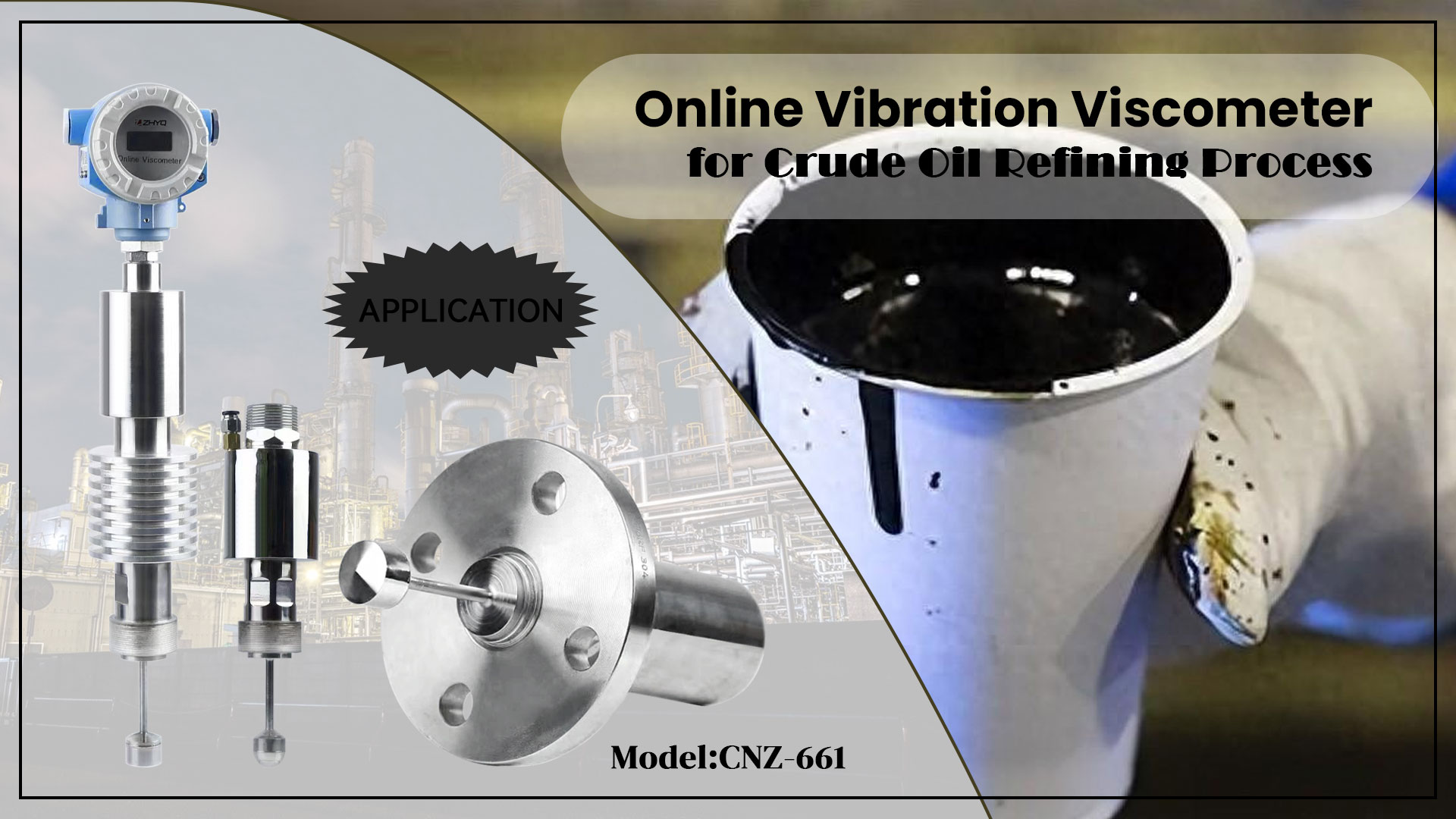
- Pressure Sensor, Pressure Transducer, Pressure Transmitter


- 2023-08-25
- Zhyq
- 121
Inline viscosity for quality control in emulsions formulation, testing and processing
Quality Control of emulsion processing and application
With the emulsions’ physical properties, the information to verify the results with a reliable quality control (QC) process is extremely essential to ensure the dispersing & homogenizing processes are producing reliable results across batches.
Creaming is the phenomenon in which the dispersed phase separates out, forming a layer on the top of the continuous phase. It is notable that in creaming, the dispersed phase remains in globules state so that it can be re-dispersed on shaking. Creaming can be minimized if the viscosity of the continuous phase is increased. The easiest method is to put the emulsion on a shelf and observe it for creaming over time. A minimum acceptable shelf life can be a QC specification. Unfortunately, the price for this simplicity is that a poor batch might not be discovered until after the product reaches the customer. To overcome this, the creaming process can be accelerated by heating the emulsion or by centrifuging it. These results must then be related to a corresponding static creaming rate at room temperature. All these creaming-rate measurements are simple, but they are not precise.
Various factors can affect emulsion stability. Common issues with emulsion instabilities are coalescence, flocculation, creaming & breaking. Therefore, it becomes important to monitor its properties in real-time and make adaptive adjustments:
- Emulsifier concentration
- Oil/Water ratio
- Stirring intensity
- Mixing temperature
- Mixing time
Given that the viscosity of the emulsion is not a static parameter but is varying due to process requirement as well as from the processing itself, it is crucial to monitor and control viscosity during the complete processing cycle.
Emulsion Viscosity measurements
Viscosity measurement is an extremely useful technique for quality control.
- During homogenization, many emulsions will undergo a substantial viscosity increase as the droplet size is reduced. The amount of this increase will, therefore, be a good indicator of emulsion quality.
- Concentration of the emulsion bears strong correlation with the emulsion viscosity, hence the viscosity information can be effectively used to predict concentrations with pre-defined or user-defined models.
- During the mixing process, characterizing the viscosity – inline can be useful in determining the emulsion stability, desired end point of the mixing/blending system and to ensure continuity. If need arises, adjustments to stirring intensity, rotational speed, equipment may be made depending on the measured viscosity data and its interpretations.
- Emulsions are complex systems with a wide range of applications and commercial uses. Accurate characterization of emulsions with the viscosity data is critical to ensure emulsion stability and performance.
For these reasons, a viscosity measurement obtained with an inline viscometer can provide an excellent QC benchmark and ensure QA/QC of the process and end-product.
How can real-time viscosity monitoring ensure emulsion quality?
The need to characterize emulsion properties are critical in formulation, scale-up, processing and testing of emulsions as well as for the design and development of equipment used in these processes.
Viscosity is key to finding a way to measure emulsion quality so that some degree of consistency from one batch to another can be maintained.
- Conventional production methods for emulsions are based on quasi continuous processes
- Continuous mixing process consists of controlled dosing of components, adapting and adjusting to the fluid conditions in real-time which can be affected by multiple parameters
Increase overall throughput and efficiency of homogenization processes
Ultra-high shear rotor/stator systems speed up cycle time by reducing the number of passes required through a high-pressure homogenizer, an inherently low-throughput, high-energy device. Since homogenizers are also generally maintenance-intensive, an efficient ‘pre-mixer’ generates significant savings in the overall cost of production. In certain applications, ultra-high shear mixers even offer a viable alternative to homogenizers.
The sensitive chemistry of the emulsions means that time and cost savings cannot come at the expense of quality, which needs to remain very high. Monitoring & controlling viscosity to optimise the batch processes ensures consistency, quality and significant material cost savings and accurate end point detection/stability estimation of the mixing process for a particular batch. Process control and traceability of the continuous mixing process can be improved with inline monitoring and control of viscosity, which also ensure high level of product consistency, repeatability in the processes and significantly lower reject rates.
Other uses of viscosity measurements include using the data provided by the equipment in formulations and research and development of formulations to exhibit target properties and for an effective characterization. In addition, for pharmaceuticals and food manufacturing, traceability of the process is important for regulatory bodies and inline measurements achieve complete track and trace of the products across the production cycle.
Leave Your Inquiry
Your email address will not be published. Required fields are marked *



